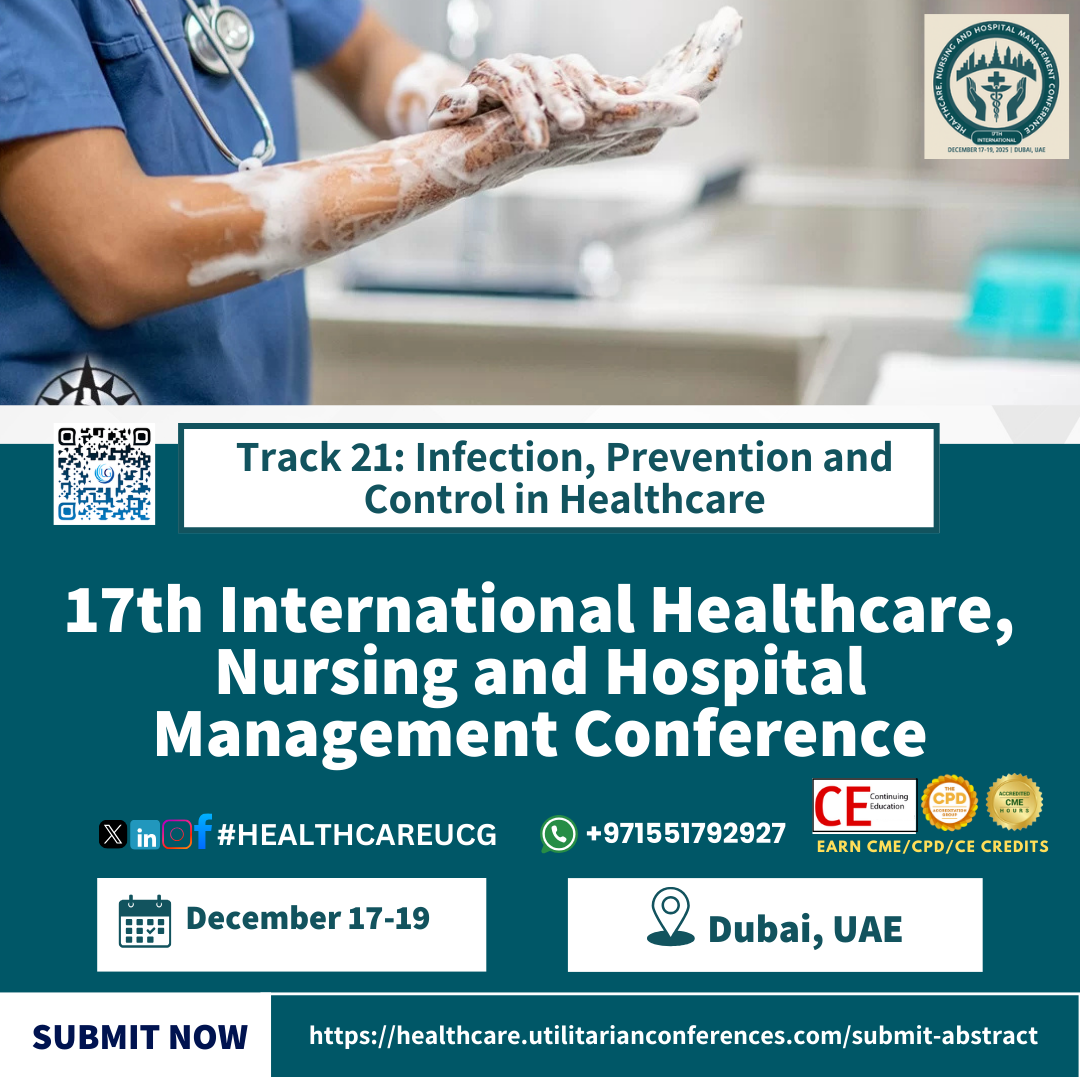Encompasses practices and procedures designed to prevent the spread of
infections within healthcare settings and the community. These measures aim to
protect patients, healthcare workers, and visitors from infections, minimize
the transmission of pathogens, and promote a safe environment.
Key Components of Infection Prevention and Control:
- Hand Hygiene:
- Proper Hand Washing: Using soap and water to
scrub hands thoroughly for at least 20 seconds, especially after touching
potentially contaminated surfaces or bodily fluids.
- Hand Sanitizers: Using alcohol-based hand
rubs when soap and water are not available, ensuring they contain at
least 60% alcohol.
- Personal Protective Equipment
(PPE):
- Gloves: Wearing disposable gloves to
prevent contact with potentially infectious materials.
- Masks and Respirators: Using surgical masks or N95
respirators to protect against airborne pathogens.
- Gowns and Aprons: Wearing protective clothing
to prevent contamination of clothing and skin.
- Eye Protection: Using goggles or face
shields to protect against splashes and sprays.
- Environmental Cleaning and
Disinfection:
- Surface Cleaning: Regularly cleaning and
disinfecting surfaces and equipment that are frequently touched, such as
doorknobs, bed rails, and medical devices.
- High-Touch Areas: Paying special attention to
areas that are frequently touched and can harbor pathogens.
- Sterilization and Disinfection:
- Sterilization: Using heat or chemicals to
completely eliminate all forms of microbial life from medical instruments
and equipment.
- Disinfection: Applying chemical agents to
surfaces and items to kill or inactivate pathogens, but not necessarily
all microbial forms.
- Safe Injection Practices:
- Single-Use Items: Using single-use needles and
syringes for each patient to prevent cross-contamination.
- Proper Disposal: Disposing of needles and
other sharps in designated, puncture-proof containers.
- Isolation and Cohorting:
- Patient Isolation: Isolating patients with
known or suspected infections to prevent the spread of pathogens.
- Cohorting: Grouping patients with
similar infections together to limit the spread of infections and
simplify management.
- Vaccination:
- Immunization: Ensuring that healthcare
workers and patients are up-to-date with vaccinations to prevent the
spread of vaccine-preventable diseases.
- Education and Training:
- Staff Training: Providing regular education
and training for healthcare workers on infection prevention and control
practices.
- Patient Education: Informing patients about
practices they can follow to reduce their risk of infection.
- Surveillance and Monitoring:
- Infection Surveillance: Monitoring and tracking
infection rates and outbreaks within healthcare facilities.
- Reporting: Documenting and reporting
infections to identify patterns and implement corrective actions.
- Antibiotic Stewardship:
- Appropriate Use: Ensuring that antibiotics
are used correctly and only when necessary to prevent the development of
antibiotic-resistant bacteria.
Importance of Infection Prevention and Control:
- Protecting Health: IPC practices help prevent
the spread of infections, protecting patients, healthcare workers, and
visitors.
- Reducing Healthcare-Associated
Infections:
Effective IPC measures reduce the incidence of infections acquired during
medical care, improving patient outcomes and safety.
- Cost Savings: Preventing infections reduces
healthcare costs associated with treating infections and managing
complications.
- Compliance with Regulations: Adhering to IPC guidelines
helps healthcare facilities meet regulatory requirements and accreditation
standards.
Implementing Effective IPC:
- Develop Policies and Procedures: Establish comprehensive IPC
policies and procedures tailored to the specific needs of the healthcare
setting.
- Promote a Culture of Safety: Encourage a culture where
infection prevention is prioritized, and staff feel empowered to follow
and advocate for IPC practices.
- Regular Audits and Feedback: Conduct regular audits of IPC
practices and provide feedback to staff to ensure adherence and continuous
improvement.
Infection
Prevention and Control is essential for maintaining a safe and effective
healthcare environment, minimizing the risk of infections, and ensuring the
well-being of all individuals involved in the care process.
Cleaning, Disinfection, Sterilization
Infection prevention is a field that describes a hierarchy of
removing microorganisms from surfaces such as medical equipment and
instruments. Cleaning is the most basic level, achieving significant removal.
All pathogens other than bacterial spores must be removed during disinfection.
The removal or destruction of ALL microorganisms, including bacterial spores,
is defined as sterilization.
Cleaning
The first and most basic step in preventing infection spread
via surfaces and fomites is to learn. Cleaning reduces microbial burden through
chemical dead sorption of organisms (loosening bio burden/organisms from
surfaces using cleaning chemicals), simple mechanical removal (rinsing,
wiping), and disinfection (killing of organisms by cleaning chemicals).
Why is it important
- Patient Safety: IPC
measures protect patients from acquiring infections during their
healthcare journey. Healthcare-associated infections (HAIs) can lead to
prolonged hospital stays, increased morbidity and mortality, and
additional healthcare costs. By implementing IPC strategies, the risk of
infections is minimized, ensuring better outcomes for patients.
- Healthcare Worker Safety: Healthcare
workers are at risk of exposure to infectious agents in the course of
their duties. Proper IPC measures, including the use of personal
protective equipment (PPE) and adherence to hand hygiene practices,
protect healthcare workers from acquiring infections and promote their
safety and well-being.
- Public Health: Controlling
the spread of infections within healthcare settings is crucial to
preventing outbreaks in the community. Certain pathogens can be
transmitted between healthcare facilities and the general population,
making IPC a key component of overall public health efforts.
- Antibiotic Resistance: Overuse
and misuse of antibiotics contribute to the development of
antibiotic-resistant strains of bacteria. IPC, including appropriate
antibiotic stewardship programs, helps curb the spread of resistant
infections, preserving the effectiveness of antibiotics for future use.
- Quality of Care: IPC
contributes to the overall quality of healthcare services. By preventing
infections, healthcare facilities can maintain a high standard of care,
reduce complications, and improve the overall patient experience.
- Economic Impact: Infections,
especially healthcare-associated ones, can lead to increased healthcare
costs. Preventing infections through IPC measures can result in cost
savings by reducing the need for additional medical interventions,
extended hospital stays, and the use of resources to treat complications.
- Global Health Security: In
an interconnected world, the spread of infectious diseases can have global
implications. Effective IPC practices are crucial in preventing the
international spread of diseases, particularly in the context of emerging
infectious threats and pandemics.
- Legal and Regulatory Compliance: Healthcare
facilities are often subject to regulations and standards related to
infection prevention and control. Compliance with these guidelines is not
only essential for legal reasons but also for maintaining accreditation
and reputation.
- Vulnerable
Populations: Certain groups, such as the
elderly, immunocompromised individuals, and those with chronic illnesses,
are more susceptible to infections. IPC measures are particularly
important in protecting these vulnerable populations who may be at a
higher risk of severe complications from infections.
#Healthcare #ConferenceDubai #NewYear2026 #BurjKhalifa #DubaiMahal #HospitalManagement #PatientSafety #HealthcareDubai #UAE2026 #MedicalConference #SmartHealthcare





